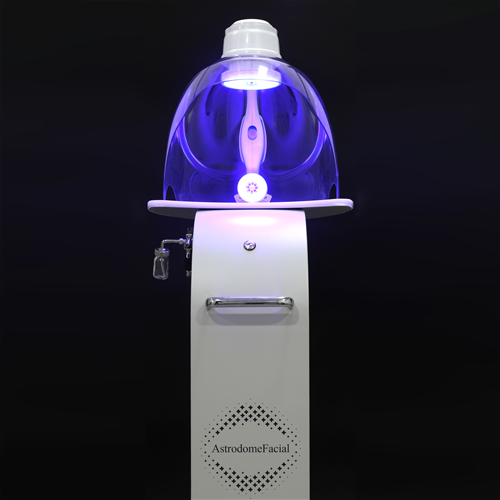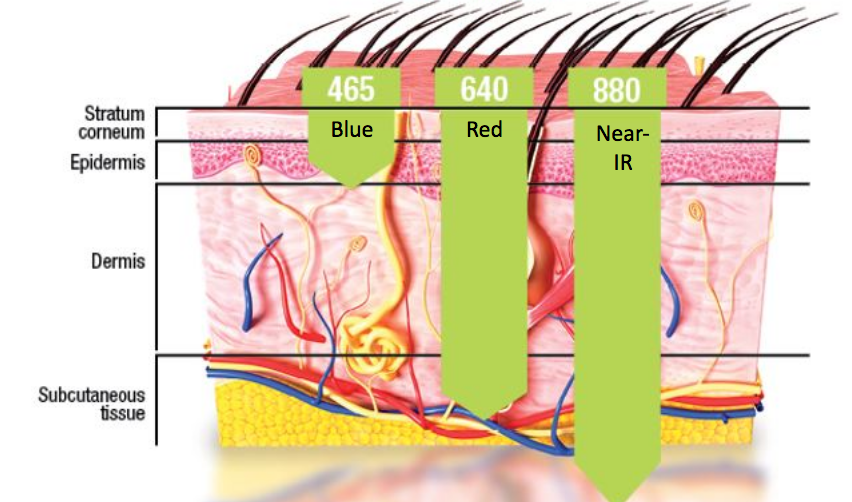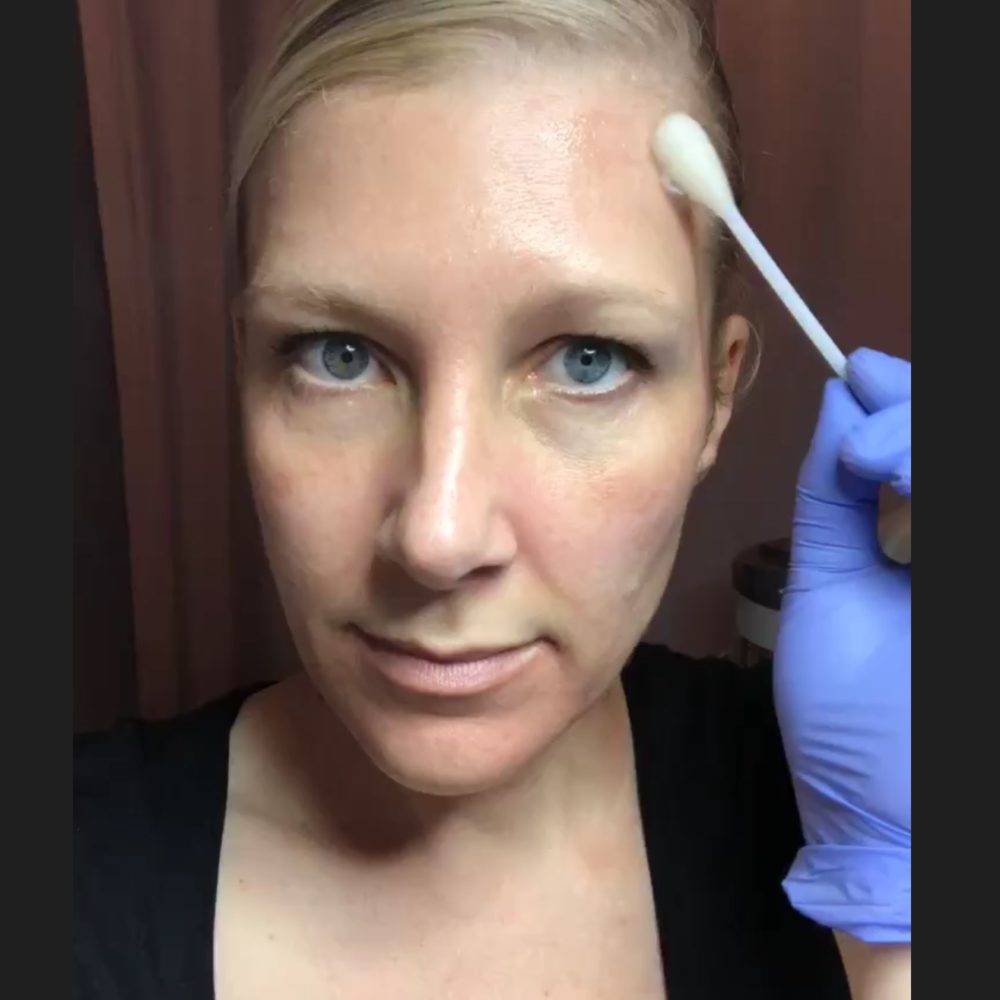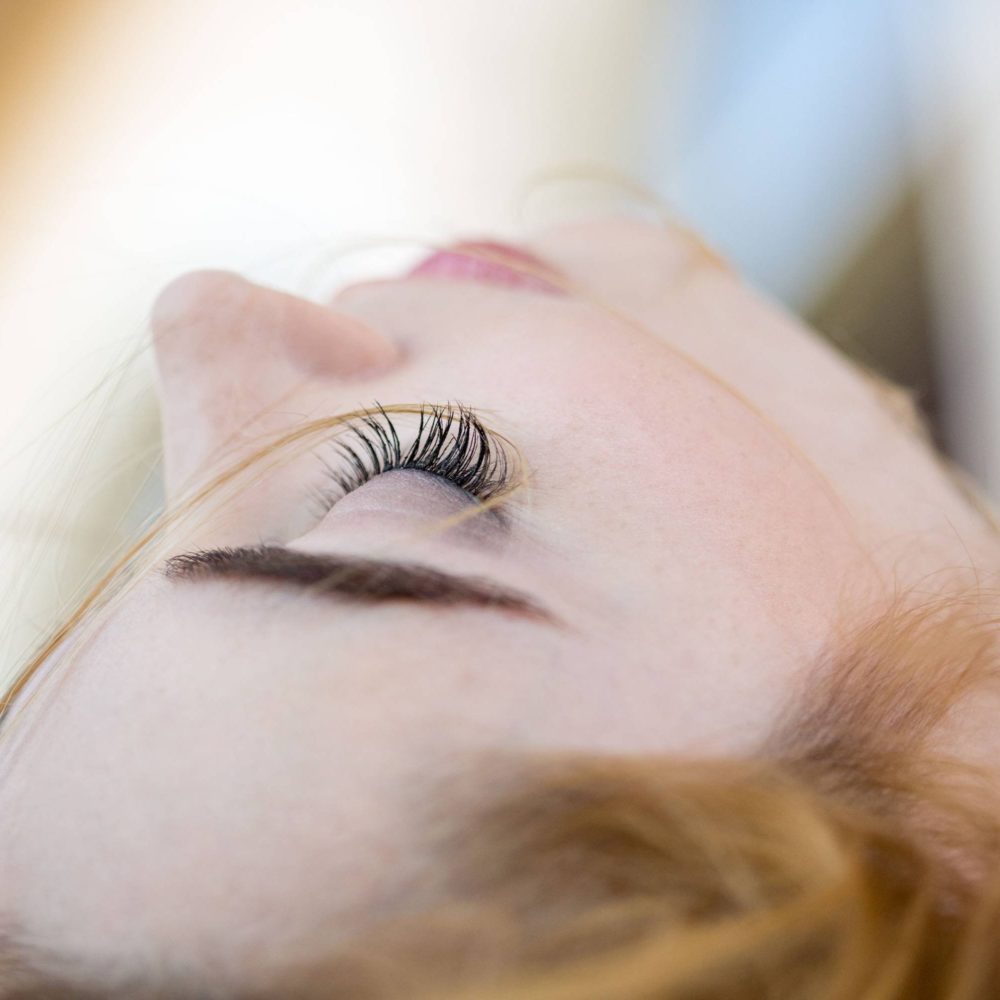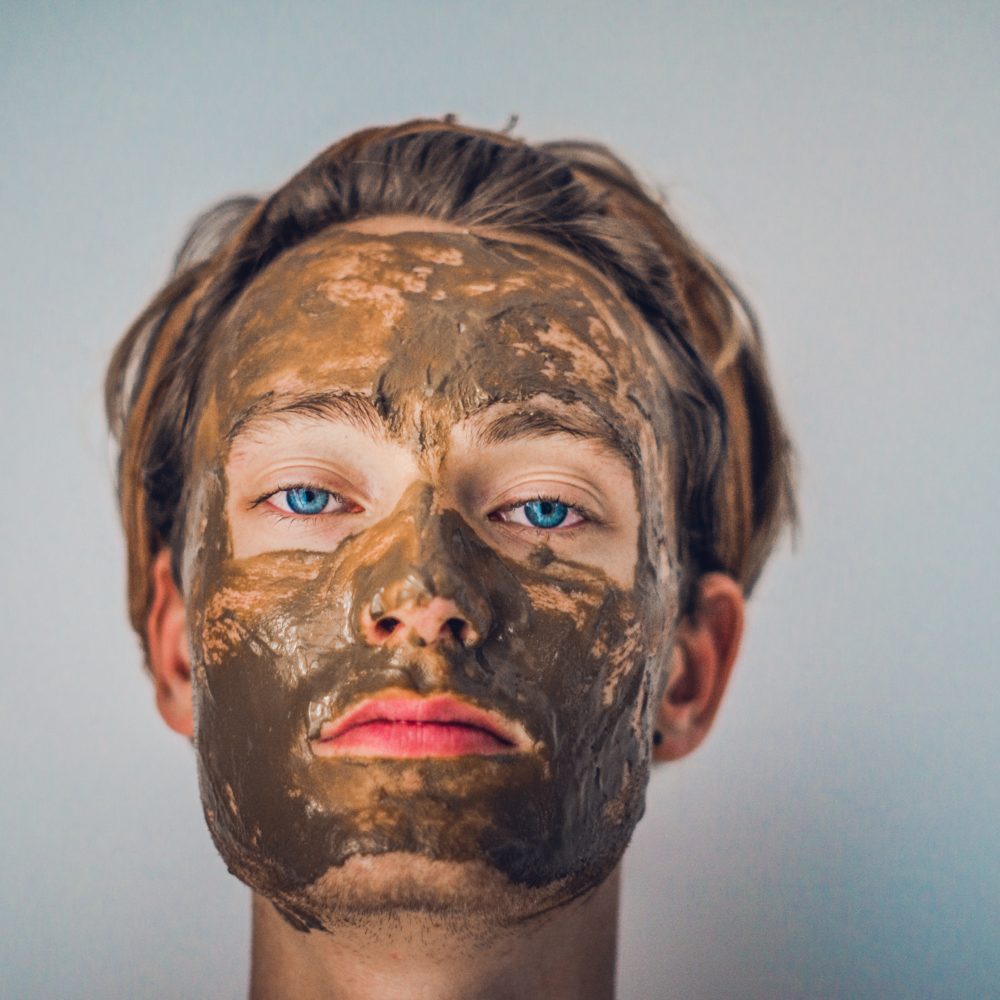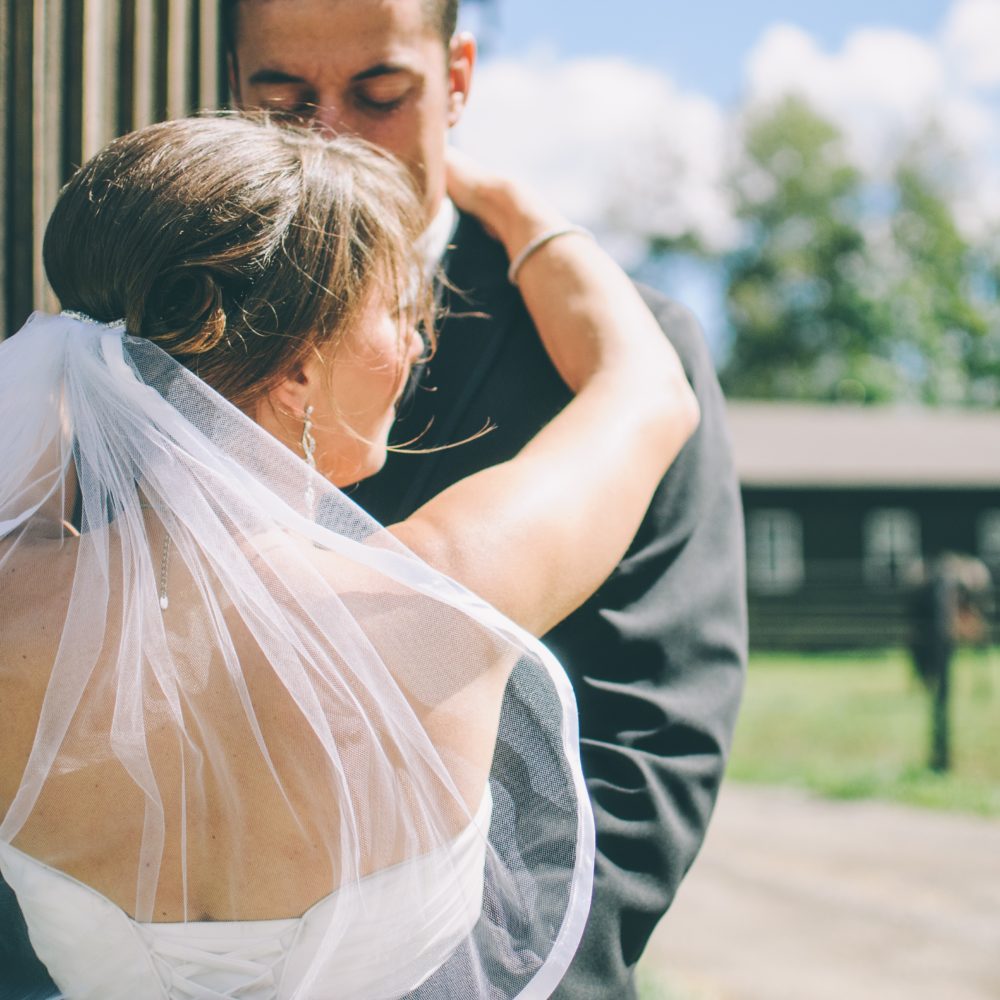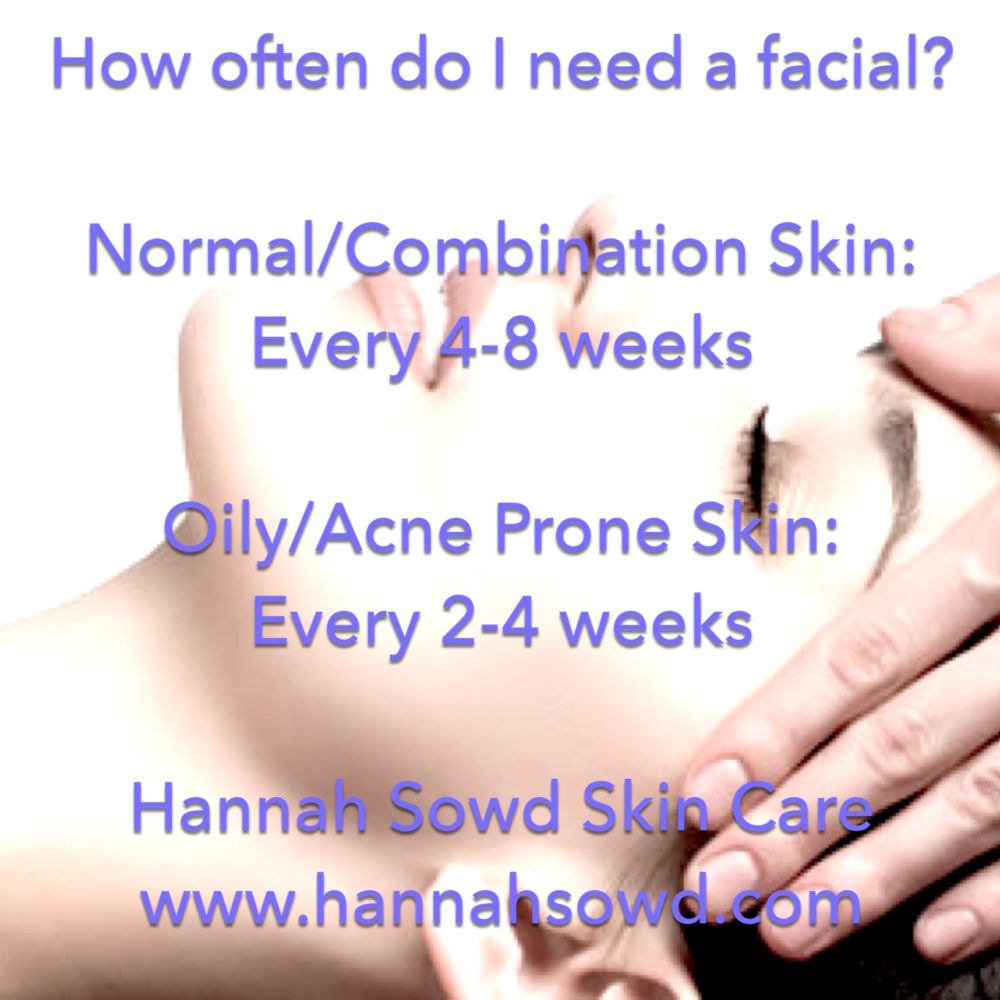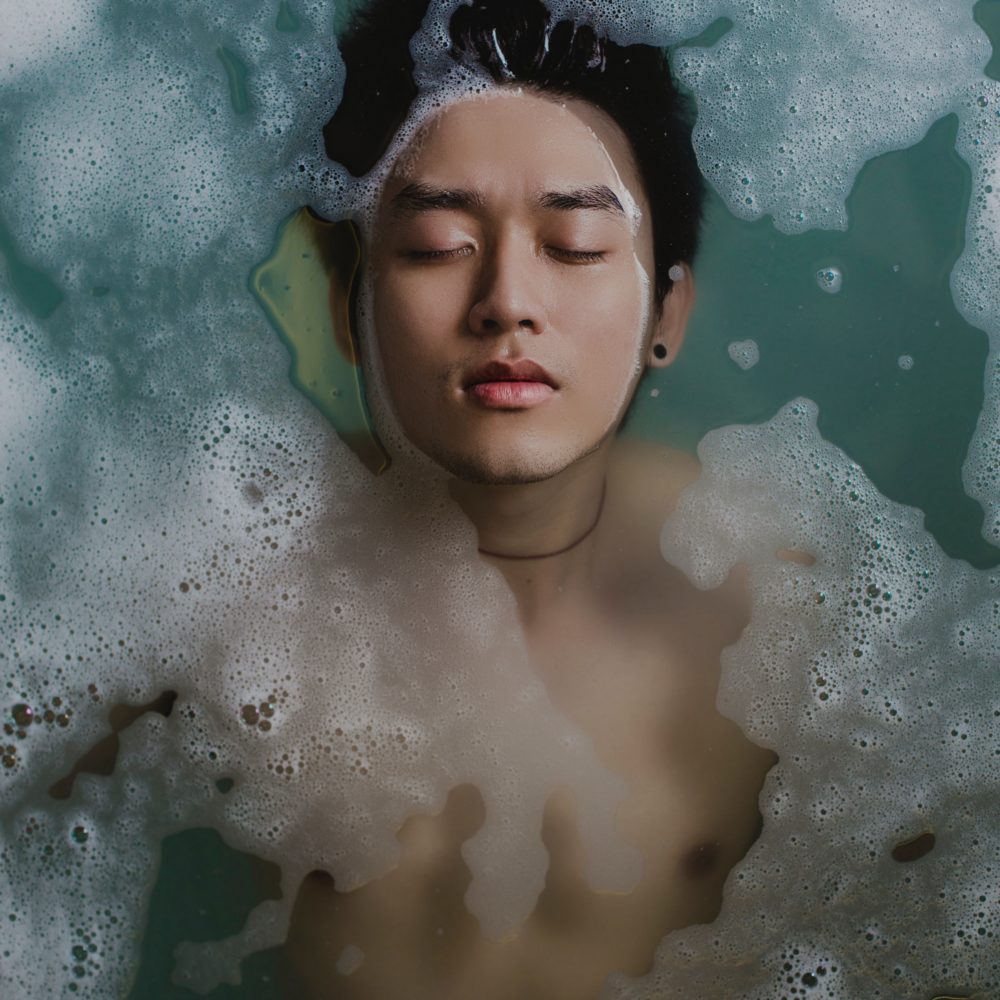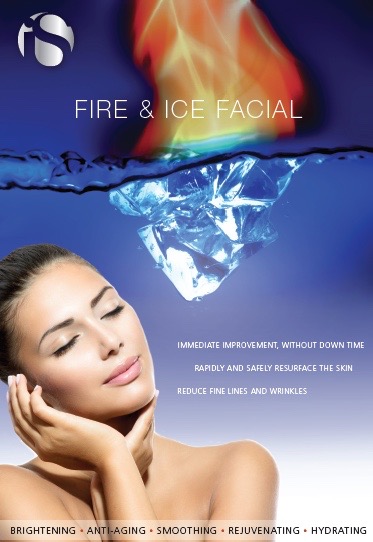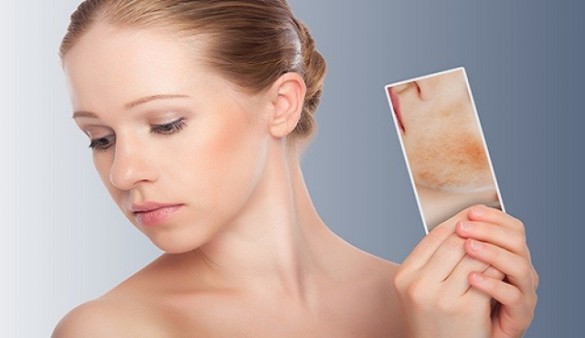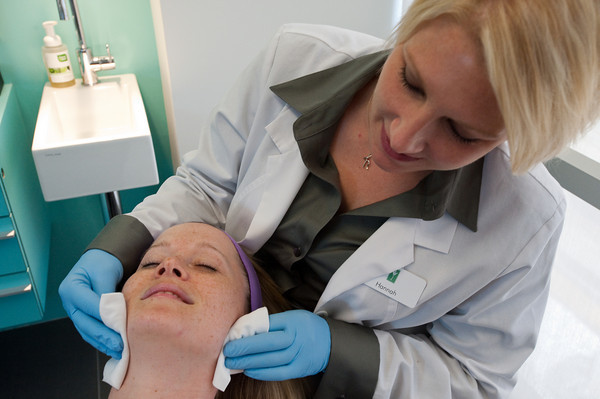A professional chemical peel is part of many skin care rountines; they are effective when getting ready for a big event like a wedding or to soften the signs of aging.
A chemical peel you receive from your esthetician falls into one of two categories:
- Superficial peels are left on the skin for 2-6 minutes then neutralized with water or a neutralizing agent. These are often part of a facial treatment and a popular example is glycolic acid.
- Medium depth peels are more aggressive and self-neutralizing. They may produce several days of shedding skin and a popular chemical peel is this category is the Jessner Peel.
Medium depth, self-neutralizing chemical peels are very effective for a variety of concerns. Hyper-pigmentation, acne, acne scars, fine lines, wrinkles, and skin laxity can all be improved with peels from this category.
Your esthetician will determine which blend of acid is best for your skin type and concerns. There are many chemical peels available, most use combinations of TCA, retinol. salicyic, lactic, and mandelic acids.
If you are prone to cold sores or know you have oral herpes, take preventive medication for 2 days before having a medium depth chemical peel. Some peels can initiate a flare up.
During the treatment, multiple layers of solution will be applied to your skin with time for each layer to dry between applications. Your esthetician will use a fan to cool your skin and minimize discomfort.
Your skin will be protected with sunscreen after the chemical peel is applied. You cannot wash your face or sweat for at least 5 hours so schedule your appointment accordingly. You may have a chemical peel in the evening and safely sleep with the solution on your face. Thoroughly wash it off the following morning before showering or working out, you don’t want the solution to run into your eyes!
Over the next 36-48 hours, your skin will feel tight and smooth, maybe a little warm. The tight skin begins to shed around the mouth first since your facial movement helps loosen the dead skin. The shedding continues to the cheeks, forehead, and hairline over the next few days.
Schedule your chemical peel when you have no important events for the following 10-14 days.
Some skin types take longer to start the shedding process, some have a “second shed” (day of light but visible dryness) after the major shedding is finished. Skin can be unpredictable so give yourself ample time to heal before any important events.
While your skin is shedding, use gentle, hydrating products. Cream cleanser, calming moisturizer, and physical sunscreen is all you need.
Don’t use products with active ingredients for at least 14 days after your chemical peel.
Contact your esthetician if you have any questions or your skin has a bad reaction. Allergies aren’t common but they do happen!
Do you have questions about your skin and what products you should be using? Have an Online Skin Care Consult with Hannah!


